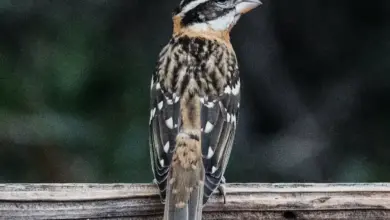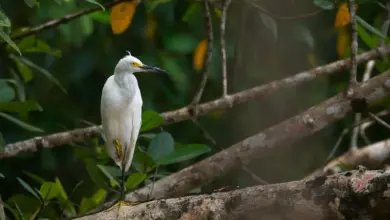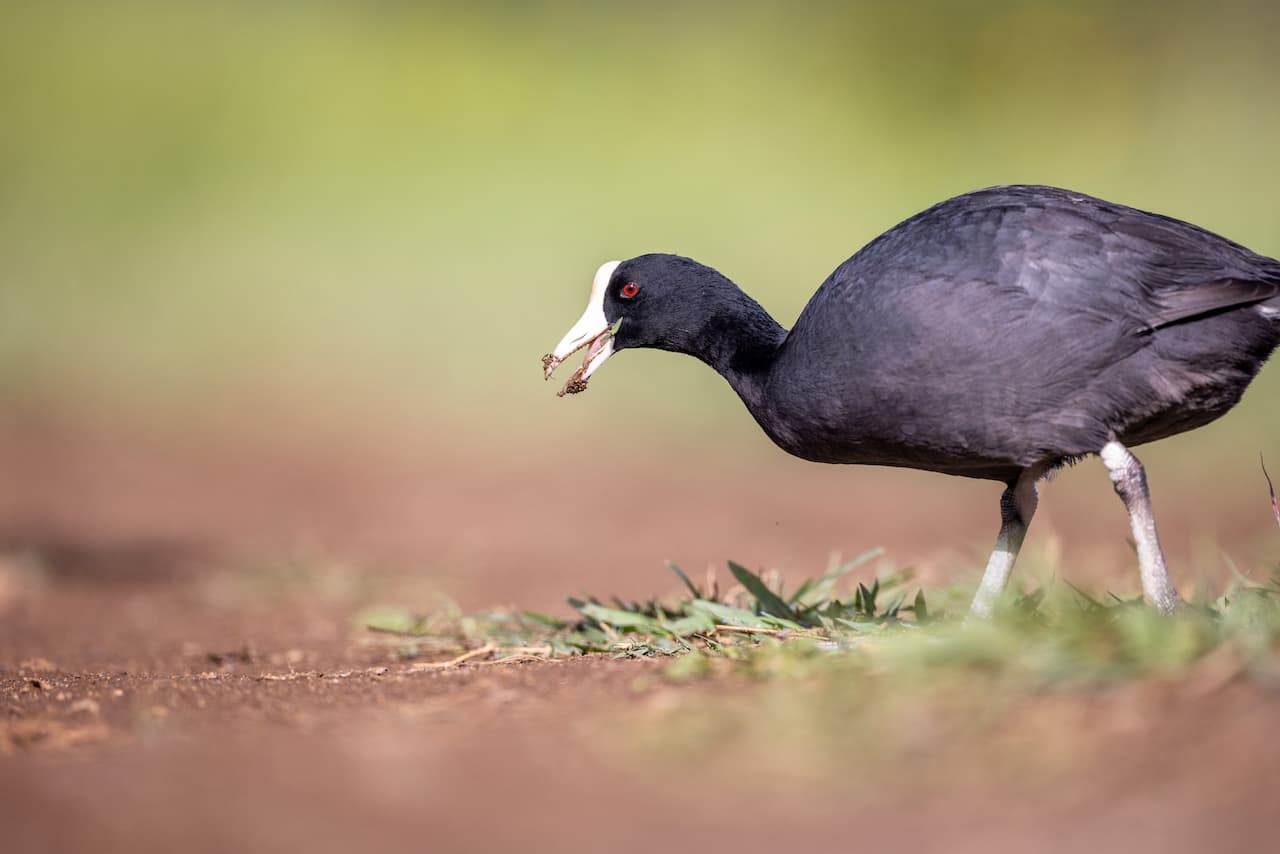Wrens (Troglodytidae Familie)
Wrens (Troglodytidae Familie)
true wrens are members of a family Troglodytidae containing 79 species. They get their scientific name from the tendency of some species to forage in dark crevices.
Members of the Troglodytidae Familie.
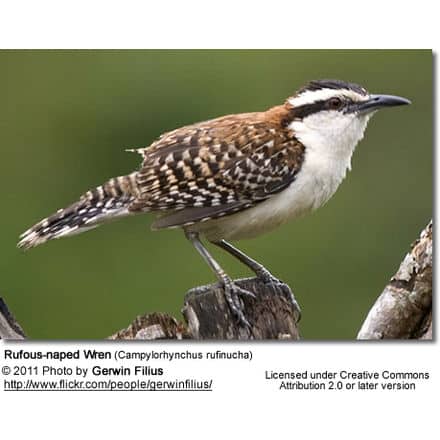
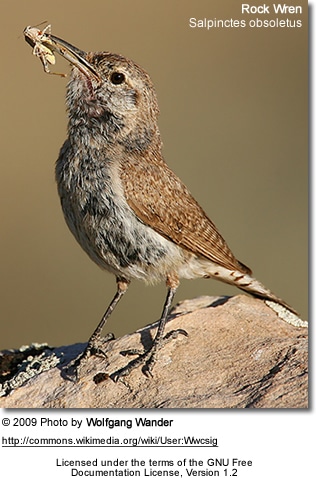
The true wrens are members of a family Troglodytidae containing 79 species.
Only one species, Troglodytes troglodytes, known as the Winter Wren in North America, occurs in the Old World, where it is commonly known simply as the Wren.
The 27 Australasian “wren” species are unrelated and are in the family Maluridae.
They get their scientific name from the tendency of some species to forage in dark crevices.
Description:
They are mainly small and inconspicuous, except for their loud songs.
These birds have short wings and a thin down-turned bill.
Several species often hold their tails upright. All are insectivorous.
Breeding / Nesting:
Wrens: Eggs, Incubation and Fledging Times
Species:
Apolinar’s Wren aka Apolinar’s Marsh-wren (Cistothorus apolinari)- Band-backed Wren (Campylorhynchus zonatus)
- Banded Wren (Thryothorus pleurostictus)
- Bar-winged Wood Wrens (Henicorhina leucoptera)
- Bay Wrens (Thryothorus nigricapillus)
- Bewick’s Wren (Thryomanes bewickii)
- Bicolored Wren (Campylorhynchus griseus)
- Black-bellied Wren (Thryothorus fasciatoventris)
- Black-capped Donacobius (Donacobius atricapillus)
- Black-throated Wren (Thryothorus atrogularis)
- Boucard’s Wren (Campylorhynchus jocosus)
- Buff-breasted Wren (Thryothorus leucotis)
- Cactus Wren (Campylorhynchus brunneicapillus)
- Canyon Wren (Catherpes mexicanus)
- Carolina Wren (Thryothorus ludovicianus)
- Chestnut-breasted Wrens (Cyphorhinus thoracicus)
- Clarion Island Wren (Troglodytes tanneri)
- Cobb’s Wren (Troglodytes cobbi)
- Coraya Wren (Thryothorus coraya)
- Fasciated Wren (Campylorhynchus fasciatus)
- Fawn-breasted Wren (Thryothorus guarayanus)
- Flutist Wren (Microcerculus ustulatus)
- Fulvous Wren (Cinnycerthia fulva)
- Giant Wren (Campylorhynchus chiapensis)
- Grey-barred Wren (Campylorhynchus)
- Grey-breasted Wood Wren (Henicorhina leucophrys)
- Grey-mantled Wren (Odontorchilus branickii)
- Grey Wren (Thryothorus griseus)
- Happy Wren (Thryothorus felix)
- House Wren (Troglodytes aedon)
- Inca Wren (Thryothorus eisenmanni)
- Long-billed Wren (Thryothorus longirostris)
- Lowland Wood-Wrens aka White-breasted Wood-Wrens (Henicorhina leucosticta)
- Marsh Wrens (Cistothorus palustris)
- Mountain Wren (Troglodytes solstitialis)
- Moustached Wren (Thryothorus genibarbis)
- Musician Wren (Cyphorhinus aradus): Named for its intricate song, the Musician Wren is native to South America
- Nava’s Wren (Hylorchilus navai)
- Niceforo’s Wren (Thryothorus nicefori)
- Nightingale Wren (Microcerculus philomela)
- Northern House Wren (Troglodytes aedon)
- Ochraceous Wren (Troglodytes ochraceus)
- Paramo Wren (Cistothorus meridae) https://3adbe275657384c04822712d0708c18f.safeframe.googlesyndication.com/safeframe/1-0-38/html/container.html
- Peruvian Wren (Cinnycerthia peruana)
- Plain Wren (Thryothorus modestus)
- Plain-tailed Wren (Thryothorus euophrys)
- Riverside Wren (Thryothorus semibadius)
- Rock Wren (Salpinctes obsoletus)
- Rufous-and-white Wren (Thryothorus rufalbus)
- Rufous-breasted Wren (Thryothorus rutilus)
- Rufous-browed Wren (Troglodytes rufociliatus)
- Rufous-naped Wren (Campylorhynchus rufinucha)
- Rufous Wren (Cinnycerthia unirufa)
- Santa Marta Wren (Troglodytes monticola)
- Scaly-breasted Wren (Microcerculus marginatus)
- Sedge Wren (Cistothorus platensis)
- Slender-billed Wren (Hylorchilus sumichrasti)
- Sharpe’s Wren (Cinnycerthia olivascens)
- Sinaloa Wren Thryothorus sinaloa)
https://3adbe275657384c04822712d0708c18f.safeframe.googlesyndication.com/safeframe/1-0-38/html/container.html
- Socorro Wren (Thryomanes sissonii)
- Song Wren (Cyphorhinus phaeocephalus)
- Sooty-headed Wren (Thryothorus spadix)
- Southern House-Wren (Troglodytes [aedon] musculus Troglodyte)
- Speckle-breasted Wren (Thryothorus sclateri)
- Spot-breasted Wren (Thryothorus maculipectus)
- Spotted Wren (Campylorhynchus gularis)
- Stripe-backed Wren (Campylorhynchus nuchalis)
- Stripe-breasted Wren (Thryothorus thoracicus)
- Stripe-throated Wren (Thryothorus leucopogon)
- Superciliated Wren (Thryothorus superciliaris)
- Tepui Wren (Troglodytes rufulus) https://3adbe275657384c04822712d0708c18f.safeframe.googlesyndication.com/safeframe/1-0-38/html/container.html
- Thrush-like Wren (Campylorhynchus turdinus)
- Timberline Wren (Thryorchilus browni)
- Tooth-billed Wren (Odontorchilus cinereus)
- White-bellied Wren (Uropsila leucogastra)
- White-breasted Wood-Wrens aka Lowland Wood-Wren (Henicorhina leucosticta)
- Whiskered Wren (Thryothorus mystacalis)
- White-headed Wren (Campylorhynchus albobrunneus)
- Wing-banded Wren (Microcerculus bambla)
- Winter Wren (Troglodytes troglodytes)
- Yucatan Wren (Campylorhynchus yucatanicus)
- Zapata Wren (Ferminia cerverai)
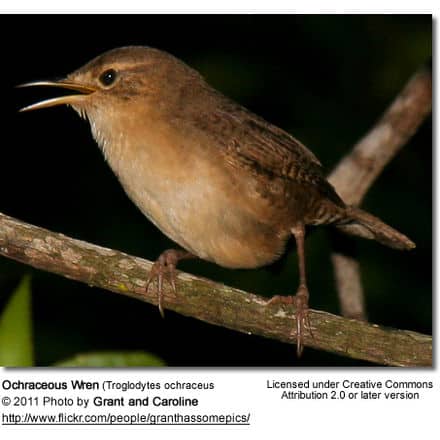

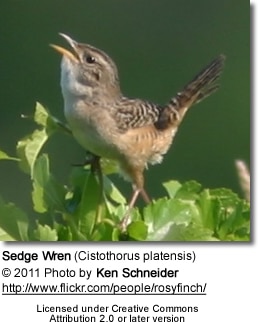

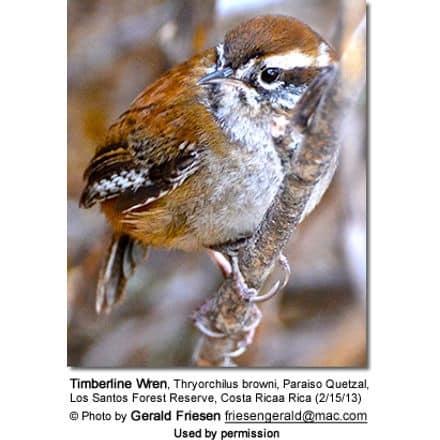 https://3adbe275657384c04822712d0708c18f.safeframe.googlesyndication.com/safeframe/1-0-38/html/container.html
https://3adbe275657384c04822712d0708c18f.safeframe.googlesyndication.com/safeframe/1-0-38/html/container.html